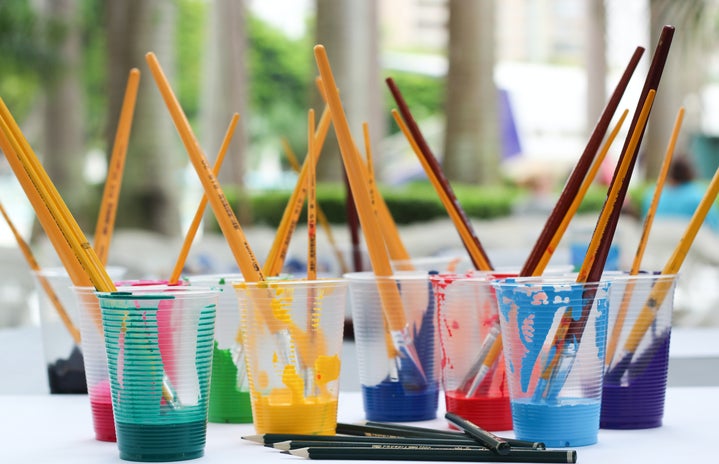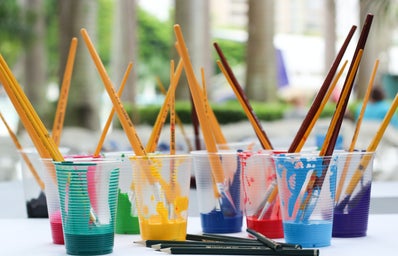“From birth to death, people are wrapped in cloth. We wear clothing for warmth or protection from the sun, but also as an expression of political power, social prestige, pride in identity, and spiritual protection,” Jennifer Kramer, Curator for the Museum of Anthropology, explains as she leads us to the exhibit.
On Thursday, November 17th, the MOA unveiled its newest exhibit: Layers of Influence: Unfolding Cloth Across Cultures. Featuring more than 130 handmade and coveted textiles, viewers experience waves of euphoria as they travel from India to Northern BC, all connected through intricate cloth designs.
“I started with a purely aesthetic eye,” Kramer says when explaining how she narrowed down the MOA’s 6000 textile collection for the exhibit. According to Kramer, most of the pieces are rarely allowed to breathe and experience life away from their storage compartments in the basement. If exposed to too much light, the delicate textiles will be ruined. Indeed, the exhibit is an uncommon treat for the public.
When asked if she traveled to any of the countries showcased in the exhibit, Kramer acknowledges that the textiles chosen were pieces that the MOA already had in storage, either through donation or past acquisition. According to Kramer, this is unique to the production of most Museum exhibits, as it was a matter of filtering through what was already there versus actively seeking new pieces.
Her passion is visually captivating as we journey through the world of textiles, much like Aladdin taking Jasmine on a magic carpet ride. After our visit to the silks, robes, and cloths of Asia, we experience an enchanting voyage through South America, Africa, North America, and Oceania. Kramer gestures to the textiles with flourishing hand movements, her eyes bright as she tells us that her hope is that by setting the exhibit up as a maze of clothing, viewers will envision themselves wrapped in it. By being able to turn any direction and see the hanging creations, she has certainly reached her goal in enveloping visitors in the culturally, spiritually, and religiously significant garments.
Beyond the marvel of the beautiful textiles, Kramer continually emphasizes the cultural significance of each piece, how class differences are distinguished by the clothes a person wears. For example, the collection of Tibetan robes from China in the exhibit were historically worn solely by Tibetan officials; meanwhile, lively blues used in African cloths were for the average class. We witness the incredibly graphic patterns from the Amazon, which connected the people creating them to the spiritual world. Interestingly, Kramer tells us that some of the Amazonian designs were viewed as healing melodies, or songs without sound.
Although Layers of Influence focuses on cultures separate from the West, Kramer does not want viewers to think that their own clothes escape deeper meaning. “Just because it comes from Mountain Equipment Co-op or Lulu Lemon doesn’t mean it isn’t invested with significance, it’s just that we [Western culture] take it for granted,” she notes.
For the exhibit opening, viewers are asked to wear something that is meaningful to them. Kramer recalls that she had a hard time choosing what she would wear for the evening, since delving into the world of textiles she can no longer separate clothing from its origins and production. “It’s like going down the rabbit hole. Once you get involved in textiles…[you] don’t want to get out,” she laughs.
The conversation shifts away from the exhibit as I ask Kramer what her thoughts are on the thin line between appropriation and inspiration when it comes to clothing. She shakes her head at how teenagers and designers at festivals like Coachella disrespect the Indian Bindi and Native American feather headdresses by wearing them as a costume. “You can be inspired by someone else’s artwork but that doesn’t mean you [can] copy it,” she declares.
That said, Kramer emphasizes that she hopes “people will come and…be inspired by the incredibly complex and wonderful motifs [at the exhibit].”
The exhibit will be running until April 9th, 2017. Admission is free to UBC students, so make sure you experience this amazing textile collection for yourselves, HCUBC Cuties!


